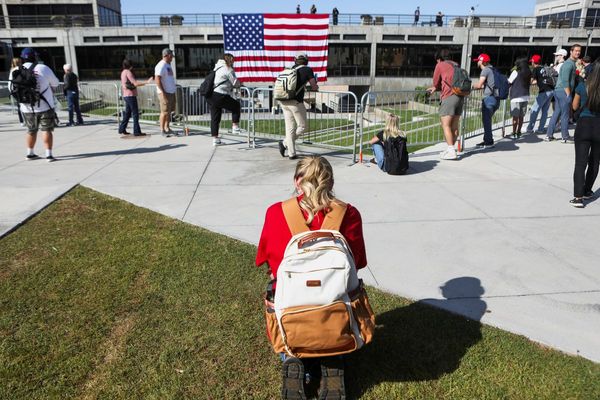
Like many other retailers, Marks & Spencer has been hit hard by the pandemic – but it is also dealing with years of missteps.
1. Becoming unfashionable M&S remains the UK’s biggest seller of clothes by value, but it has lost ground because it has failed to find a price and fashion formula to compete with rivals like Primark, Zara and new online labels like Hush.
2. Poor online clothing M&S was slow to adopt online clothes shopping. First it outsourced to Amazon, missing the opportunity to develop skills and gather information on its shoppers in the early days. M&S then bungled setting up its own site, with an expensive high-tech warehouse that didn’t work properly and a boring, clunky website.
3. Almost no food online M&S will begin selling its main food ranges online on 1 September, after missing out on the market for years. A new partnership with Ocado has cost £750m, but will at least put M&S in the game.
4. Buying errors Too many skinny trousers, too few jeans and other buying errors have held M&S back in recent times. Outdated systems have forced stores to accept deliveries of clothing in sizes they didn’t want, and were slow to update details of the amount of stock on the shop floor.
5. Stores built for bygone age Stores built in the 1920s or earlier are now often the wrong size, in the wrong place or need huge investment to modernise them. The company was too slow to close or move outlets to busier spots and did not invest enough in updating.







